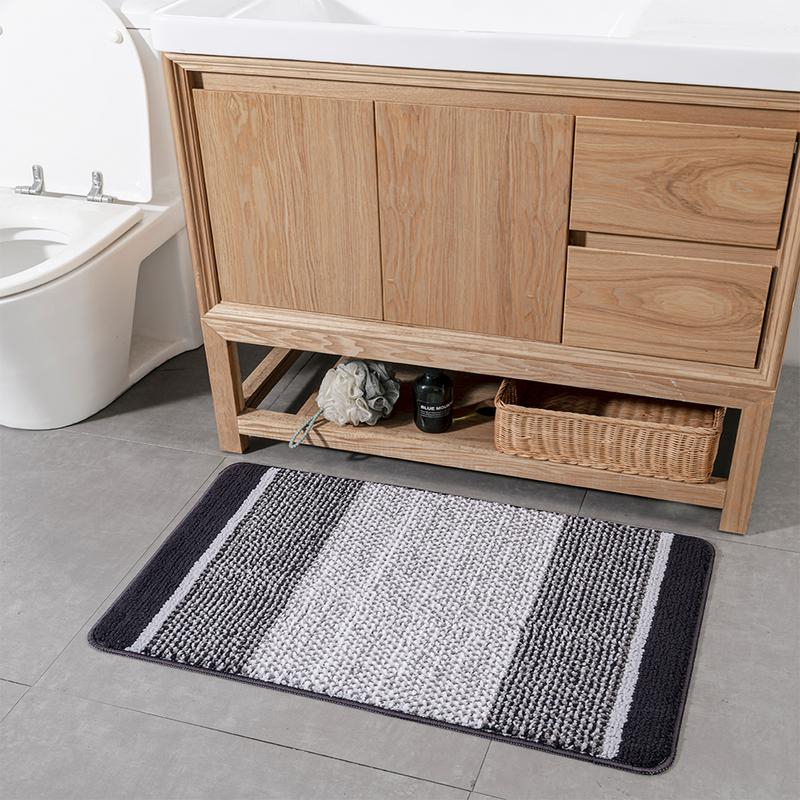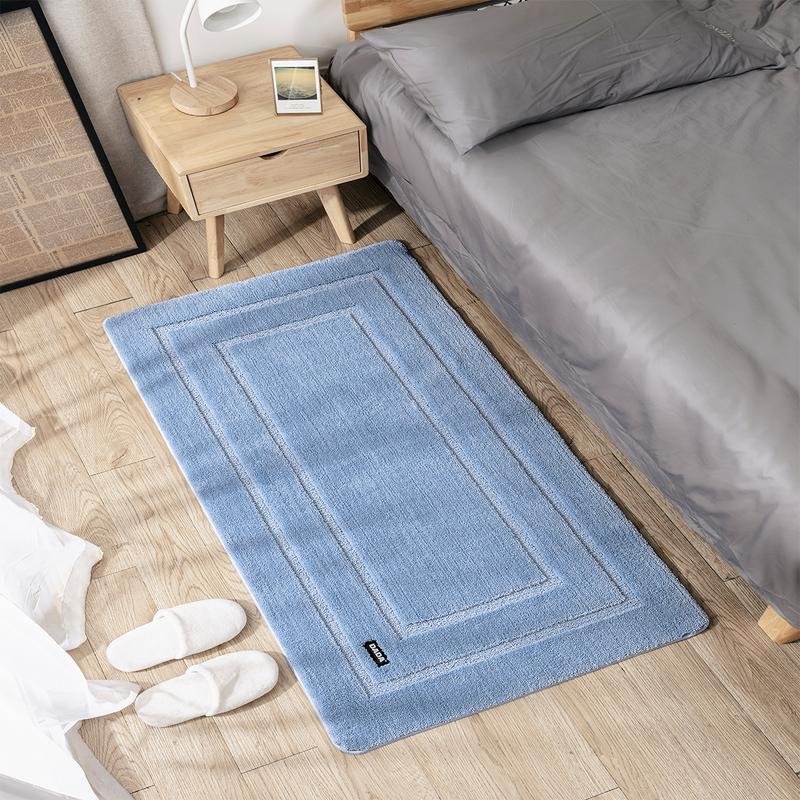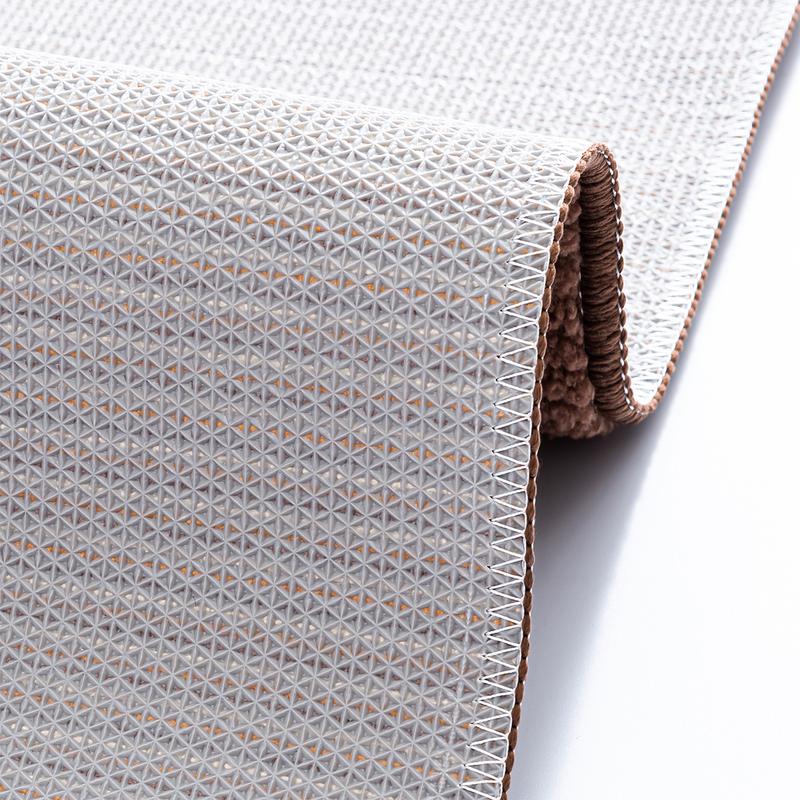Bath Mats vs Bath Rugs Here’s What You Should Know
What is a Bath Mat?
Tile-covered bathroom floors can get extremely slippery when wet, and that can lead to injuries. This is where bath mats come in handy. The purpose of a bath mat is to provide an anti-slip surface to step on after you’ve taken a bath or shower. Bathroom mats also soak up excess water or splashes, keeping floors clean, dry and mildew-free.
Bathroom mats are a necessity because they make your space more hygienic. Mildew, bacteria, and mold can easily accumulate where floors are often wet. If you have hardwood floors, a good-quality bathroom mat can also protect them from water damage.
The standard bath mat size is 20x30 inches. The small size and usually rectangular shape helps them fit nicely in front of a shower stall or tub. This can be a disadvantage if your bathroom is more spacious, or if you’d like to cover a larger area with a single bath mat.

What is the Best Material for a Bath Mat?
Bath mats come in many different fabrics. Some are even made from bamboo wood or teak. The most popular choice is cotton, for its moisture-wicking and hypoallergenic qualities. Cotton fibers are naturally strong and soft. That makes for sturdy bath mats that feel extra cozy and fluffy underfoot.
Speaking of softness, another popular option is microfiber. It’s not only incredibly plush, but is super warm and dries quickly. Certain microfiber bath mats have a memory foam construction that provides additional cushioning and support.
Solid bath mats made from bamboo or teak are a sustainable option that will instantly transform your bathroom into a spa-like space. Solid mats of teak and bamboo are often treated with anti-mold and anti-mildew varnish. With that treatment, they require virtually no maintenance and can last for years.
What is a Bath Rug?
Bath rugs are a great way to add character and style to any bathroom. They help tie the décor together by defining the space and creating a focal point. And while bath rugs have more of an aesthetic function, they can also serve a practical role depending on their fabric type.
One advantage of bath rugs is that they come in so many shapes and sizes. Choosing one that matches the dimensions of your bathroom floor should be an easy task. Rugs also come in a variety of styles and colors, so you can put on your designer hat and get creative.
Unfortunately, not many bath rugs have an anti-slip backing, so you’ll probably have to buy one separately. They’re also relatively thin, so many people use them in addition to a bath mat.
What is the Best Material for a Bath Rug?
Cotton rugs have excellent absorbent qualities, as do microfiber bath rugs. But if you’re worried about mold and mildew, go with wool. This natural fabric has superior moisture-wicking qualities and allows for better airflow. The resulting quick-dry feature makes wool an excellent choice for bathrooms or other spaces with high humidity.
Synthetic fabrics such as nylon are popular too, because they’re naturally stain-resistant. Nylon bath rugs are also durable and resistant to wear and tear. That makes them a great long-term investment.

